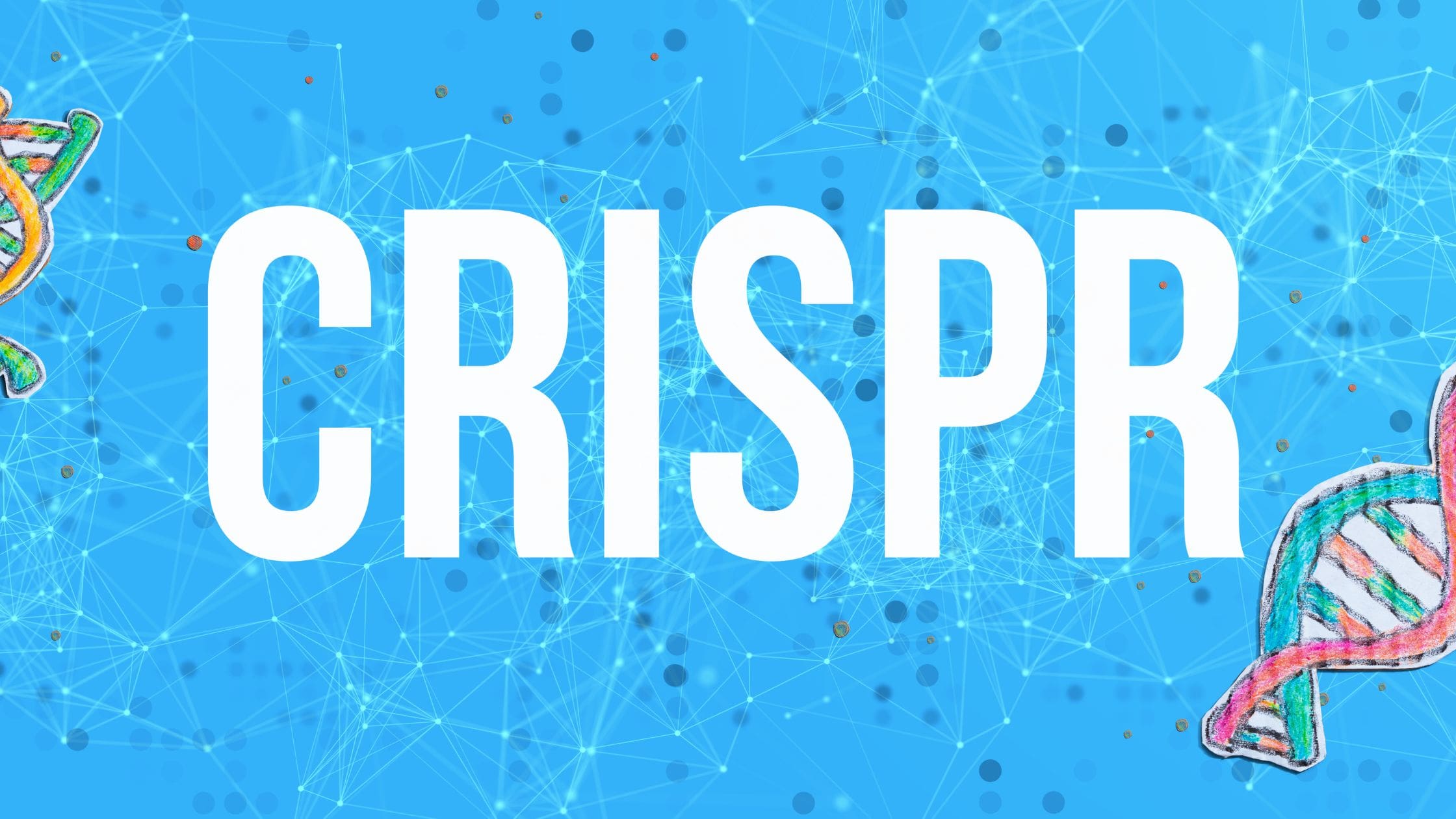Improving our health and longevity has long been top of mind for humanity. However, new innovations in genome editing are finally reshaping how we can navigate challenges in these areas. Revolutionizing the field of genetics and biotechnology, CRISPR-Cas9’s genome editing stands out as a powerful and versatile tool that has changed the way we undertake genetic modifications to help improve our lives.
CRISPR — Clustered Regularly Interspaced Short Palindromic Repeats — is a natural defense mechanism in bacteria against viruses. Cas9, abbreviated for CRISPR-associated protein 9, is an enzyme that serves like a pair of “molecular scissors” to precisely cut DNA. Together, they form the CRISPR-Cas9 system, a groundbreaking technology adapted for genome editing.
The need for precise and efficient genome editing techniques is paramount in various fields, including medicine, agriculture, and biotechnology. Prior to the emergence of CRISPR-Cas9, genome editing was a complex and time-consuming process. Traditional methods like zinc finger nucleases and TALENs had limitations in terms of precision and ease of use. CRISPR-Cas9, on the other hand, offers a straightforward and versatile approach to target and modify specific genes. This technology has immense potential to treat genetic disorders, develop disease-resistant crops, and advance our understanding of biology.
How CRISPR-Cas9 Technology Works
CRISPR-Cas9 works by utilizing a guide RNA (gRNA) to target a specific DNA sequence within an organism’s genome. The gRNA is designed to complement the target sequence, directing the Cas9 enzyme to that precise location. As the Cas9 enzyme binds to a targeted DNA sequence, it induces a double-stranded break. The cell’s natural repair mechanisms then kick in, which can result in various outcomes.
- Non-homologous End Joining (NHEJ): This process often leads to small insertions or deletions in the DNA sequence, potentially disrupting the function of the targeted gene.
- Homology-Directed Repair (HDR): By providing a template DNA sequence, scientists can add specific changes to the gene. This can be used to correct mutations or insert new genes.
The ability to precisely target and modify genes with CRISPR-Cas9 has far-reaching applications. It can be used to develop gene therapies for genetic diseases, create genetically modified organisms (GMOs), and advance our understanding of gene function and regulation.
Developments or Innovations
Since the inception of CRISPR-Cas9 technology, there have been numerous innovations and breakthroughs. These include:
- Base Editing: Base editing techniques have been developed to modify a single DNA base without inducing double-stranded breaks. This approach minimizes unwanted changes and errors.
- Prime Editing: Prime editing is a more precise method that allows for the addition, deletion, or substitution of DNA sequences without the need for a DNA template. It is considered a major advancement in genome editing technology.
- Cas12 and Cas13: While Cas9 was the first CRISPR-associated enzyme to be used for genome editing, Cas12 and Cas13 have also been harnessed for specific applications. Cas12 is particularly effective in detecting and diagnosing specific genetic sequences, while Cas13 is used for RNA editing.
- In Vivo Gene Editing: Scientists have made strides in developing techniques to perform gene editing directly within living organisms. This is a promising avenue for treating genetic diseases in a more efficient and less invasive manner.
Future Predictions
CRISPR-Cas9 has opened new frontiers in genetic research and biotechnology. Its applications in gene therapy, agriculture, and scientific research are vast. However, with great power comes great responsibility. Ethical concerns regarding the potential misuse of this technology and unforeseen consequences of genetic modifications must be addressed.
As we look to the future, we can expect even more precise and efficient genome-editing techniques to emerge and the focus will likely shift towards improving the safety and accuracy of these methods. We will surely witness more clinical trials and applications in treating a broader range of genetic diseases.




